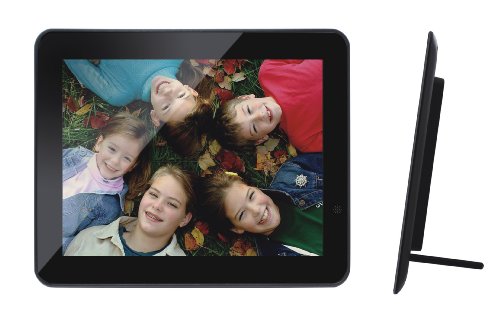Zoom Lens With Dslrs May Offer a Surprise | Sony Digital Photo Frame
![Sony Digital Photo Frame Sony Digital Photo Frame]() Sony Digital Photo Frame
Sony Digital Photo Frame If you are shopping nearby for your first ever Dslr camera, then there is one factor that you might want to learn about and that is the "crop factor." The calculate that this highlight is important is that it might give you a separate lens doing than you expect. When it comes to compact digital cameras, what you see is that you get and if the compact camera comes with a 35mm equivalent lens, then you would get the same doing as a 35mm lens. However, this is not necessarily true in the case of Dslr cameras.
The sensors of most Dslr cameras is smaller than a 35mm film and a camera with 1.5, 1.6, or 2.0 crop factor will capture smaller area and "crop" the view. If you use a lens with 100mm focal length and the camera has a 1.5 crop factor, then the final, adjusted focal length would be 150mm. The photographers that are likely to take more indoor or scenery photos are the ones that should be typically concerned with the crop factor or at least take it into account when buying lenses for their Dslrs. However, if you take more wildlife, portrait, or macro shots, then you might not have to worry about this issue at all. One way to work nearby it though, is to purchase a Dslr that has a zero crop factor, or a full-frame Dlsr. These cameras typically cost more and depending on your needs, purchasing one might not be justified at all.
Another fact that is good to know is that all camera manufacturers use a consistent crop factor for their cameras and therefore the amount does not vary from one camera model to someone else within the same brand. The terms focal length multiplier and focal length conversion factor are often used instead of "crop factor" and the most base numbers are 1.5x, used by Nikon and Sony, 1.6x, used by Canon, and 2.0x, used by Olympus.






